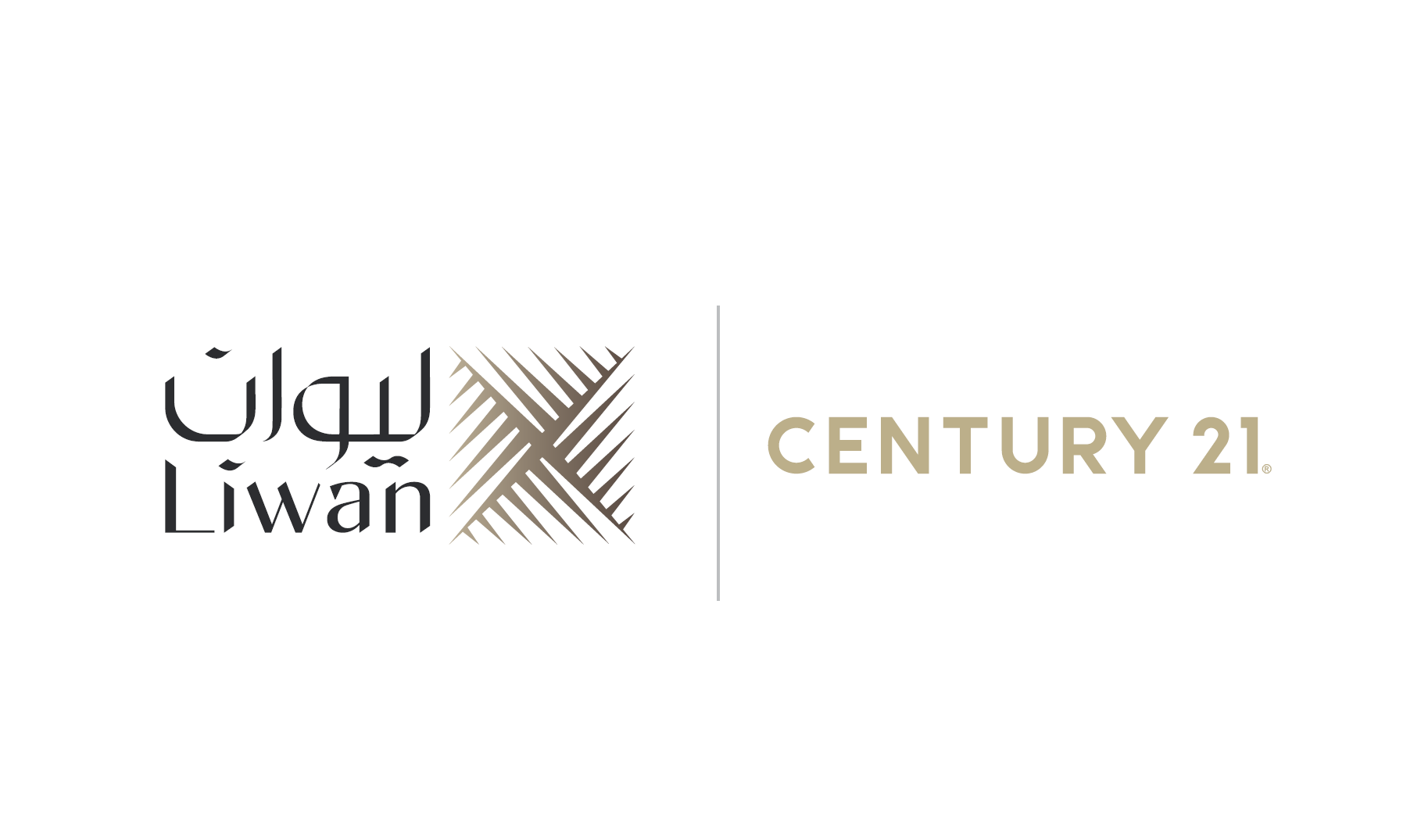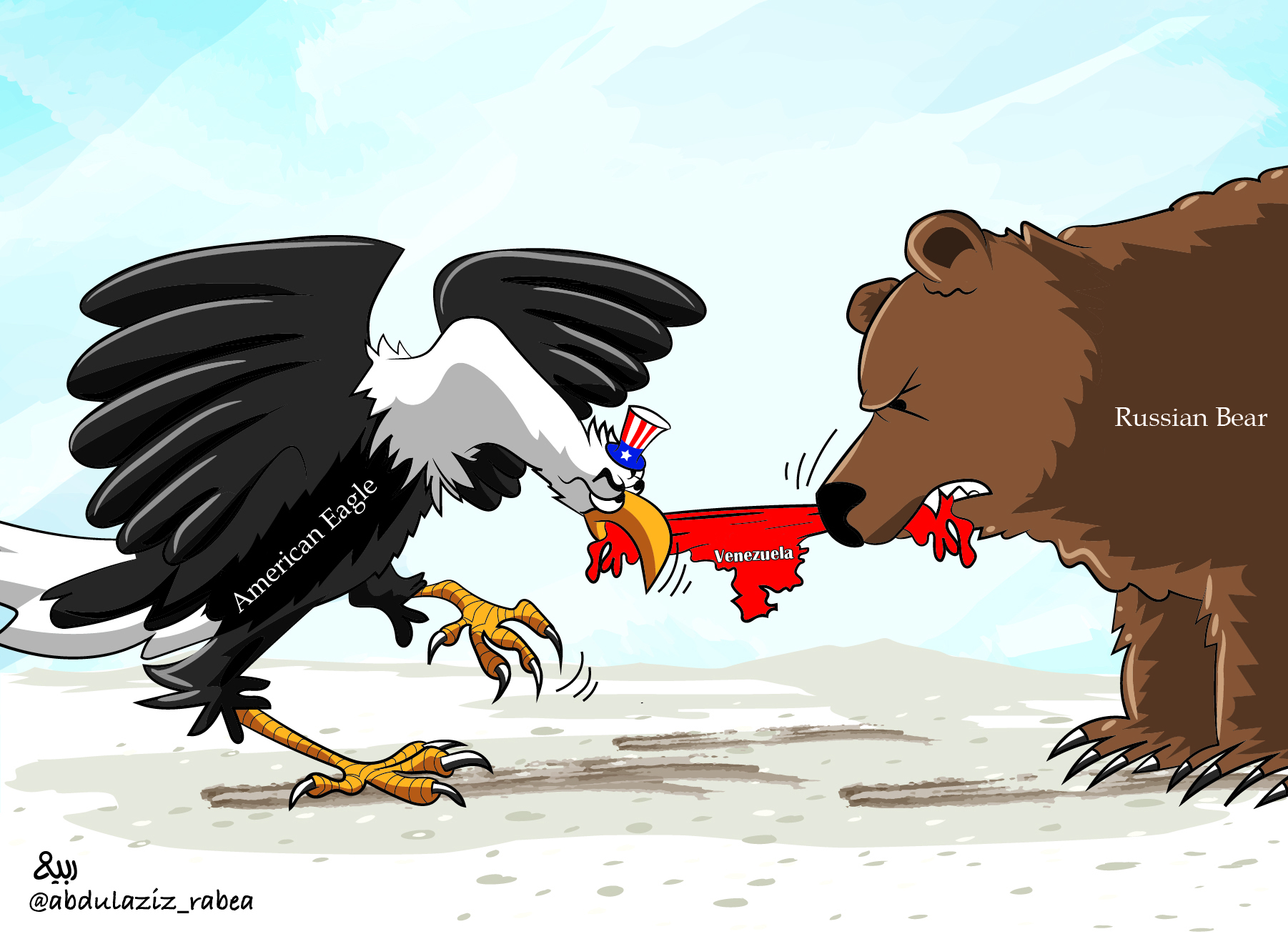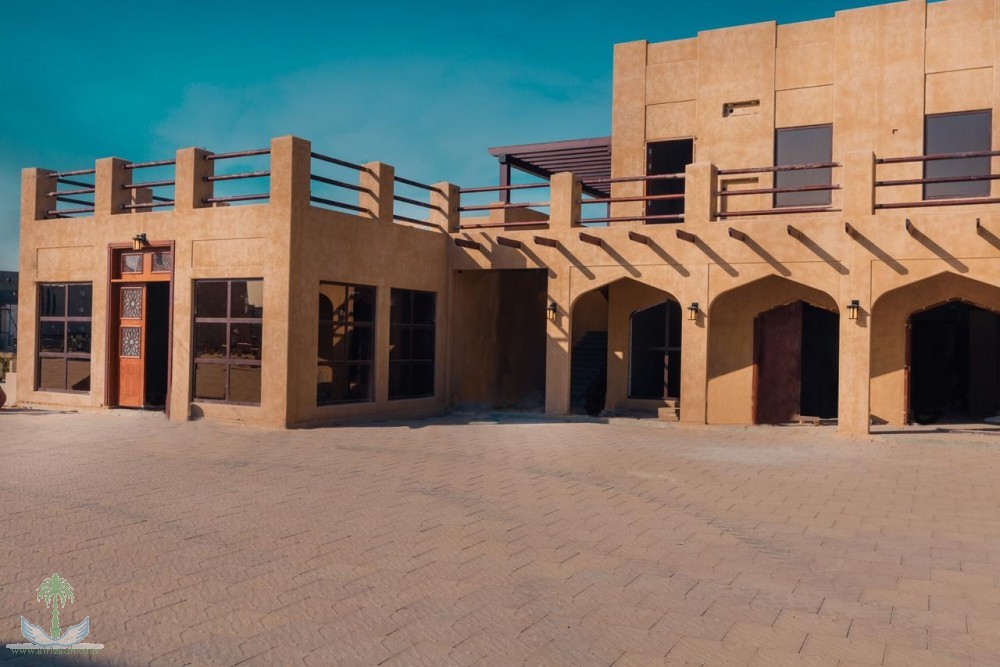
Crown Prince's Directives Gradually Restore Balance to Capital's Real Estate Market
The city of Riyadh is witnessing an unprecedented urban and economic transformation, driven by Saudi Vision 2030. This vision has significantly contributed to developing the Capital's urban landscape through the introduction of massive projects, such as the New Murabba, Qiddiya, King Salman Park, and Diriyah Gate. These projects are actively reshaping the urban scene in the Capital, positioning it as a modern global city, according to a recent report from Liwan Real Estate Development Company in partnership with Century 21 Saudi.
The report focuses on the real estate market in the Capital, Riyadh, during the first half of 2025. It describes the Riyadh market as one of the most dynamic and evolving real estate markets in the region, a status supported by the rapid pace at which the Kingdom is committed to achieving its Vision 2030 targets.
The report states that leveraging the information and statistics it provides, it offers a precise and comprehensive strategy that defines the ideal mechanism for engaging with the market in the near future. It helps in making knowledge-based decisions and encourages sustainable investment across various real estate sectors, including the residential, commercial, and hospitality segments.
The Liwan report affirmed that the Capital's current level of progress and development across all sectors, particularly real estate, would not have been possible without the package of government reforms introduced by Vision 2030. Furthermore, the impact of the Digital Transformation Program, reforms that facilitated foreign ownership, and housing initiatives have all been crucial. These efforts have significantly increased transparency and made it easier for investors to enter the sector. This has culminated in Riyadh establishing itself as a regional business hub, particularly with hundreds of multinational corporations relocating their headquarters to the city.
Exceptional Support
The report noted that Riyadh’s real estate sector has, in recent months, benefited from exceptional backing by His Royal Highness Crown Prince Mohammed bin Salman bin Abdulaziz. Through a set of far-reaching directives, His Highness introduced measures designed to gradually restore balance to the market. These efforts came in response to a sharp rise in property prices that had unsettled both individuals aspiring to own homes—freeing them from reliance on rentals—and companies planning to secure properties for their investment ventures.
Foremost among these directives was entrusting the Royal Commission for Riyadh City with making available master-planned and fully serviced residential land plots to citizens in need. The measures also encompassed revisions to the undeveloped “white land” fee system to deter land hoarding, alongside the introduction of a modern framework that more clearly defines the rights and obligations of landlords and tenants. These efforts were crowned by the launch of the Real Estate Balance Platform—an initiative aimed at steering the Capital’s property sector onto a more sustainable course while safeguarding against price manipulation or monopolization of white land. Under the Crown Prince’s guidance, the platform will oversee the allocation of up to 40,000 plots annually over the next five years.
Overview
In its broad assessment of Riyadh’s property market, the Liwan report emphasized the government’s ambition to lift homeownership among Saudi citizens to 70% in line with Saudi Vision 2030. To realize this target, efforts are being channeled into expanding accessible housing choices that can keep pace with surging demand. As part of this drive, the National Housing Company is currently developing more than 134,000 residential units across the Capital—projects designed to deliver vibrant, high-quality communities that not only meet but surpass the expectations of modern households.
The report also pointed to the Ministry of Housing’s ongoing initiatives under the “Sakani” program. Data shows that in 2024, over 117,000 Saudi families benefited from its offerings, with more than 93,000 moving into their homes—an increase of 9% compared to 2023. Another notable step has been the introduction of the Premium Residency system, which grants eligible investors and residents the ability to own property in designated areas. Furthermore, the implementation of the Real Estate Transaction Tax last April has helped create a more transparent and better-regulated market. Together, these measures reinforce the pillars of Vision 2030 by diversifying the economy, enhancing investor confidence, and modernizing the real estate framework.
Resilient Market
Liwan’s biannual report, prepared in collaboration with Century 21 Saudi, underscored that Riyadh’s property sector proved its resilience and solidity throughout the first half of 2025. The market continues to expand at a measured yet steady pace, fully aligned with the ambitions of Saudi Vision 2030. This strength is underpinned by a combination of strategic investments, progressive regulatory reforms, and growing confidence among both investors and developers. Adding further momentum are the landmark projects transforming the Capital—such as the New Murabba, the ongoing development of Diriyah Gate, and Qiddiya—initiatives that are redefining Riyadh’s urban fabric and reinforcing its stature as a contemporary global city.
Major Events
Amid the remarkable wave of urban and real estate developments reshaping Riyadh, the Liwan report emphasized the importance of looking ahead to the city’s future as it prepares to host major international events. Chief among them is Expo 2030, a landmark occasion expected to serve as a strategic turning point for the Capital. The event is projected to attract between 40 and 50 million visitors from across the globe, generating substantial demand for housing, office space, hospitality venues, and retail outlets. This surge will position Riyadh as a future hub for business, tourism, and innovation—factors that collectively create lasting value and open new horizons for residential projects, commercial offices, hospitality ventures, and mixed-use developments.
Growth Rates
The report noted: “Amid the sharp increase in rents and property values, the Saudi government has launched a series of major initiatives designed to rebalance the real estate market, particularly in the Capital. Property prices are forecast to maintain annual growth rates of 8–10% through 2026, supported by steady population growth and expansive urban development projects.” It added that “initiatives such as Sakani and Wafi underscore the government’s commitment to strengthening housing supply. These programs remain pivotal to broadening residential choices and financing solutions, raising homeownership levels, enhancing quality of life, and advancing the housing targets set out in Vision 2030.”
Residential Sector
The Liwan report underscored the significant transformation and sustained expansion of Riyadh’s residential sector. According to the report, the Capital’s housing stock is expected to reach 1.45 million units by the end of 2025 and expand further to 1.71 million units by 2028. As part of Vision 2030, the government is targeting a homeownership rate of 70% by the end of the decade, driven by landmark residential developments including Khuzam Suburb (77,000 units), Al-Fursan Suburb (50,000 units), the New Murabba project (104,000 units), and Diriyah Gate (18,000 units). In addition, the government has released a further 33 square kilometers of large-scale land in northern Riyadh for development, a strategic measure designed to ease price pressures and enhance the availability of residential supply in the market.
Property Prices
Regarding property prices, the Liwan report noted: “The average price of villas in northern Riyadh districts—such as Al Narjis, Al Qirawan, Hittin, and Al Arid—ranged between SAR 3.5 million and SAR 5.6 million, reflecting an annual increase of 15% to 25%, depending on location and technical specifications. Meanwhile, the price of a three-bedroom apartment ranged between SAR 985,000 and SAR 1.3 million.” The report added: “Demand for real estate products continues to be driven by several factors, notably the population growth in Riyadh, which is projected to reach 9.6 million by 2030, representing an average annual increase of 4.1%.”
Liwan
Liwan Real Estate Development stands among the foremost entities in Saudi Arabia’s property development sector. The company is committed to advancing the principles of sustainable urban development, delivering innovative architectural designs that enrich the urban landscape of cities. Its vision is to foster a sophisticated lifestyle and create integrated residential and urban communities that serve the diverse needs of society in line with varying financial capabilities—offering a complete way of life, not just housing. Liwan also emphasizes strengthening community engagement with the living environment to ensure sustainability, drawing on comprehensive expertise and collective investment efforts that result in competitively positioned, high-value developments.








